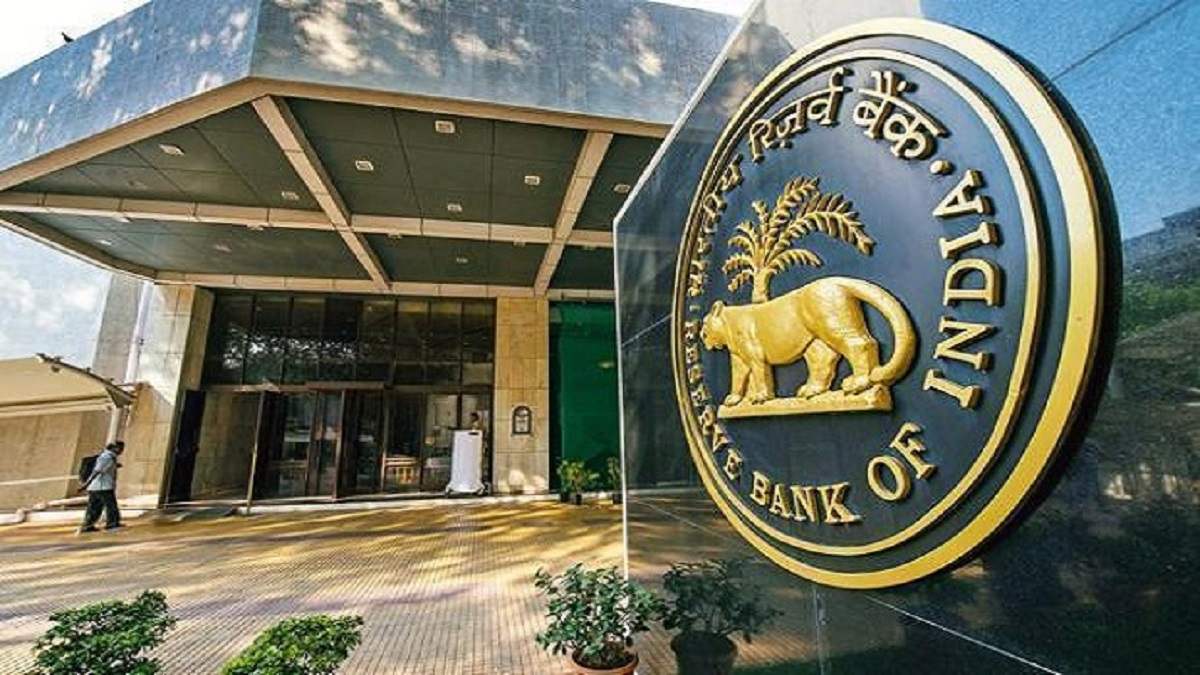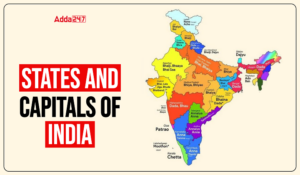What is Repo Rate
The Repo Rate is the rate at which a nation’s central bank gives money to commercial banks in the time of a cash shortage. Monetary authorities use the Repo Rate to limit inflation.
In the time of inflation, central banks increase the Repo Rate to prevent banks from borrowing from the central bank. Because of it, the money supply in the economy is reduced, which helps in containing inflation. In the event of a decrease in inflationary pressures, the central bank adopts the opposite stance. The liquidity adjustment facility includes Repo and Reverse Repo rates.
Buy Prime Test Series for all Banking, SSC, Insurance & other exams
Current Repo Rate in India
In May 2022, the Reserve Bank of India changed the Repo Rate to 4.40% after a long time, increasing it by 40 basis points. Since May 2020, the RBI’s Repo rate has remained the same at a rate of 4%. This is the interest rate at which the Reserve Bank of India provides short-term money to Indian banks. High food costs drove retail inflation in India to a 17-month high of 6.95 percent in March, up from 6.07 percent in February. Interest rates will most likely be raised later this year if inflation concerns persist and there are no growth shocks.
The trend of Repo Rate updates by the Reserve Bank of India in the previous few years is:
| Month of Change of Repo Rate | Repo Rate |
| June 2019 | 5.75 % |
| August 2019 | 5.40 % |
| October 2019 | 5.15 % |
| March 2020 | 4.40 % |
| May 2020 | 4.00 % |
| May 2022 | 4.40 % |
Repo Transaction:
The parameters on which the RBI agrees to perform the transaction with the banks are as follows:
- Preventing “squeezes” in the economy – The central bank adjusts the Repo rate in response to inflation. As a result, it seeks to govern the economy by limiting inflation.
- The RBI aims to hedge and leverage, by acquiring assets and bonds from banks and giving cash in return for the collateral posted.
- Short-Term Borrowing — The RBI provide loan money for a short length of time, up to an overnight period, after which banks purchase back their deposited securities at a predetermined price.
- Collateral and Securities — The RBI takes gold, bonds, and other forms of security as collateral.
Banks borrow money from the Reserve Bank of India to preserve liquidity or cash reserves as a precautionary measure.
What Impact Does the Repo Rate Have on the Economy?
The repo rate is a key tool in India’s monetary policy, with the ability to control the country’s money supply, inflation, and liquidity. Furthermore, the level of repo has a direct impact on banks’ borrowing costs. The cost of borrowing for banks will rise when the repo rate rises, and vice versa.
Arising Inflation:
- In the time of high inflation, the RBI makes intensive efforts to reduce the flow of money in the economy. Increasing the repo rate is one approach to accomplish the target. As a result, borrowing becomes more expensive for firms and sectors.
- Borrowing becomes prohibitively expensive for enterprises and sectors, slowing investment and money supply in the economy.
- As a result, it has a negative influence on economic growth, which helps to keep inflation under control.
Escalated Liquidity in Market:
When the RBI has to inject cash into the system, however, it reduces the repo rate. As a result, borrowing money for various investment goals is less expensive for enterprises and industries. It also expands the entire money supply in the economy. This, in turn, enhances the economy’s growth rate.
What is Reverse Repo Rate
The Reverse Repo Rate is the rate at which a country’s central bank borrows money from domestic commercial banks. It is an RBI monetary policy tool that can be used to control a country’s money supply. If the Reverse Repo Rate rises, the money supply falls, and vice versa, assuming all other variables remain constant. If the Reverse Repo rate increases, commercial banks will be more attracted to deposit their funds with the RBI, reducing the amount of money available in the market
Current Reverse Repo Rate in India
Indian Reverse Repo Rate is the fixed interest rate, at which the Reserve Bank of India absorbs liquidity from banks on an overnight basis in exchange for qualified government assets as collateral under the liquidity adjustment facility.
The Reverse Repo Rate in India currently stands at 3.75% which has been announced currently the Governor of RBI, Shaktikanta Das. From almost 2 years, the Reverse Repo Rate stood at 3.35%.
The trend of Reverse Repo Rate updates by the Reserve Bank of India in the previous few years is:
| Month of Change of Repo Rate | Reverse Repo Rate |
| May 2019 | 5.75 % |
| June 2019 | 5.50 % |
| August 2019 | 5.15 % |
| October 2019 | 4.90 % |
| March 2020 | 4.00 % |
| April 2020 | 3.75 % |
| May 2020 | 3.35 % |
| May 2022 | 3.75 % |
FAQs
Ques. What is meant by Repo Rate?
The Repo Rate is the rate at which a nation’s central bank gives money to commercial banks in the time of a cash shortage. Monetary authorities use the Repo Rate to limit inflation.
Ques.What is current Repo Rate?
In May 2022, the Reserve Bank of India changed the Repo Rate to 4.40% after a long time, increasing it by 40 basis points. Since May 2020, the RBI’s Repo rate has remained the same at a rate of 4%. This is the interest rate at which the Reserve Bank of India provides short-term money to Indian banks.
Ques. What is current Reverse Repo Rate?
Ans. The Reverse Repo Rate in India currently stands at 3.75% which has been announced currently the Governor of RBI, Shaktikanta Das. From almost 2 years, the Reverse Repo Rate stood at 3.35%. Indian Reverse Repo Rate is the fixed interest rate, at which the Reserve Bank of India absorbs liquidity from banks.
Ques. What is Repo rate and Reverse Repo rate?
Ans. The Repo rate is the rate at which commercial banks borrow money from the country’s Central bank by selling their assets, whereas the Reverse Repo rate is the rate at which the Country’s central bank borrows money from commercial banks.
Ques. What is meant by Bank Rate?
Ans. A bank rate is the interest rate charged by a country’s central bank to domestic banks when they borrow money. The interest rates charged by central banks are designed to keep the economy stable. The bank rate, commonly known as the discount rate, is set by the Board of Governors of the Federal Reserve System in the United States. In India it is set by the Governor of the Reserve Bank of India.




 States and Capitals - How Many States in...
States and Capitals - How Many States in...
 Who Are the Dongria Kondh? Guardians of ...
Who Are the Dongria Kondh? Guardians of ...
 DRDO Develops Indigenous Polymeric Membr...
DRDO Develops Indigenous Polymeric Membr...

